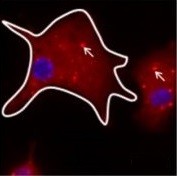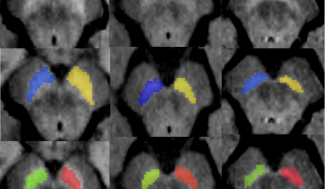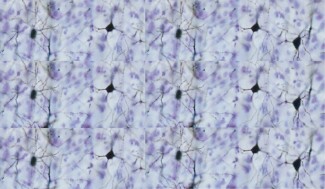Diagnosing Parkinson’s disease is based on identifying Parkinsonian syndrome combined with at least two ‘supporting’ criteria.
Diagnosing Parkinson’s Disease
Parkinson’s Disease is diagnosed after ruling out the possibility of other conditions that may present with the same early symptoms, such as Wilson’s disease in young patients, or vascular lesions or hydrocephalus in rarer cases.
Parkinson’s Disease is a combination of parkinsonian syndrome and at least 2 other criteria of a possible 4:
- An improvement in parkinsonian syndrome disorders through dopaminergic treatment
- The onset of involuntary, erratic movements (dyskinesias) after many years of dopamine treatment.
- A unilateral or asymmetric resting tremor.
- A decrease (hyposmia) or even complete disappearance (anosmia) of a patient’s sense of smell.
Patients may also present with ‘non-motor’ symptoms such as intestinal disorders, apathy and REM sleep disorders.
At Paris Brain Institute
Several recent projects, inter alia projects led by the team of Marie Vidailhet and Stéphane Lehericy at Paris Brain Institute, have found that the ‘non-motor’ symptoms of Parkinson’s disease come early and occur before the motor symptoms. These clinical signs could therefore be very effective diagnostic markers and even serve as prognostic markers of disease progression. In the ICEBERG study, the team focused on REM sleep disorders and eye movements.
This study also identified a marker for the progression of dopamine neuron loss visible on MRI scans: neuromelanin. This protein plays a protective role in neurons by capturing toxic molecules such as iron.

MRI performed by the CENIR imaging platform at Paris Brain Institute. The amount of neuromelanin observed by MRI in the dark matter. (Left: a healthy individual; Center: a patient in the early stages of Parkinson’s disease; Right: a patient whose Parkinson’s disease has progressed for some time.)
There is a decrease in neuromelanin in patients that increases over time, because of the degeneration of dopaminergic neurons that is characteristic of Parkinson’s disease.








